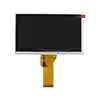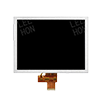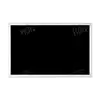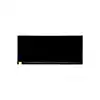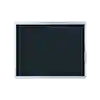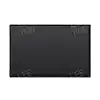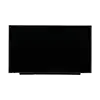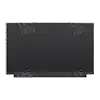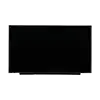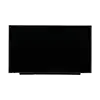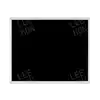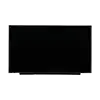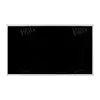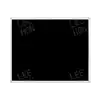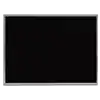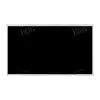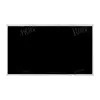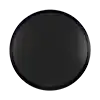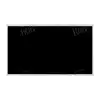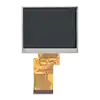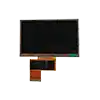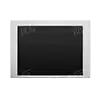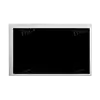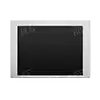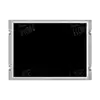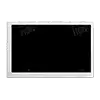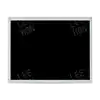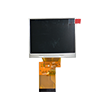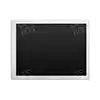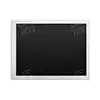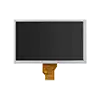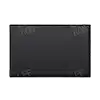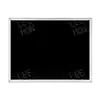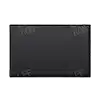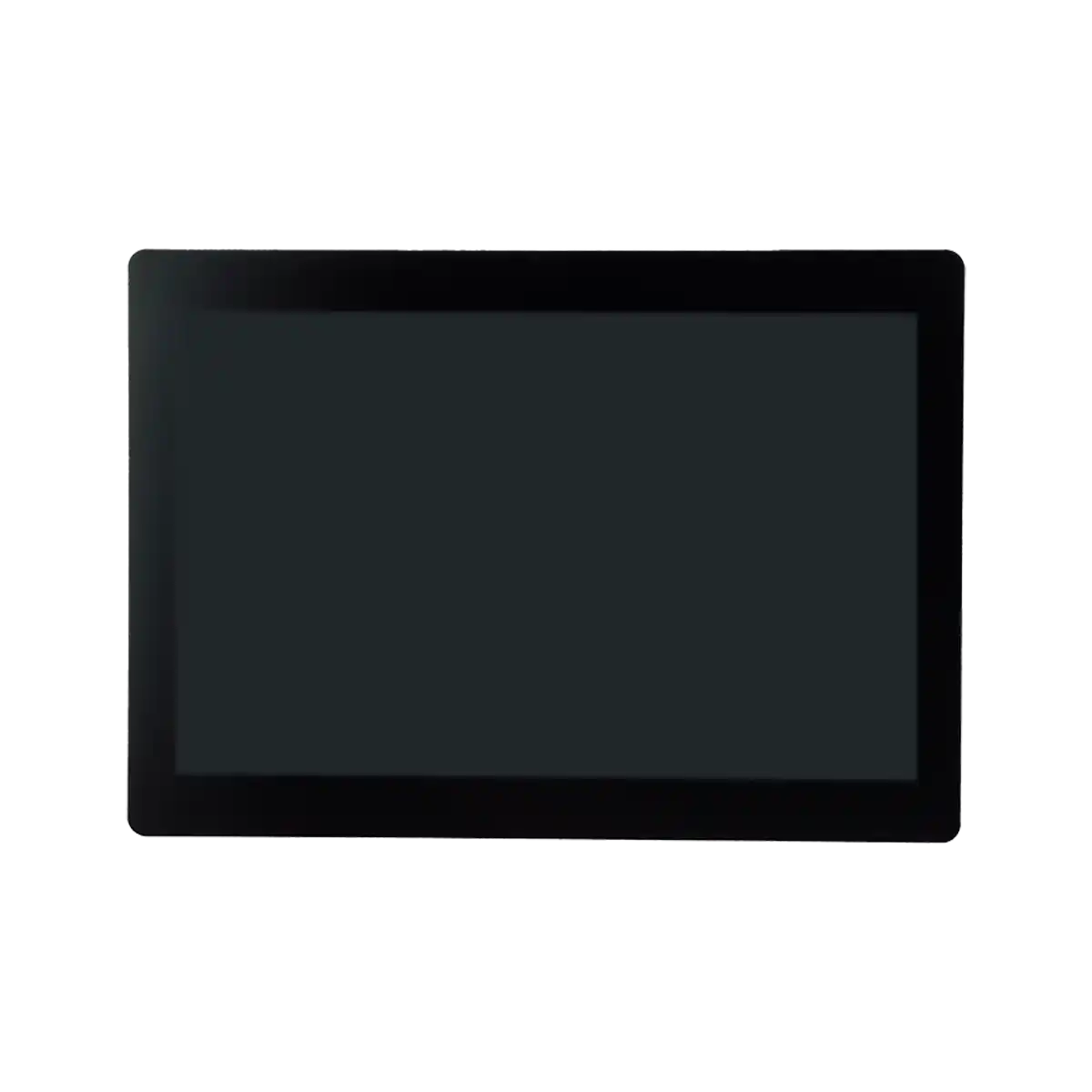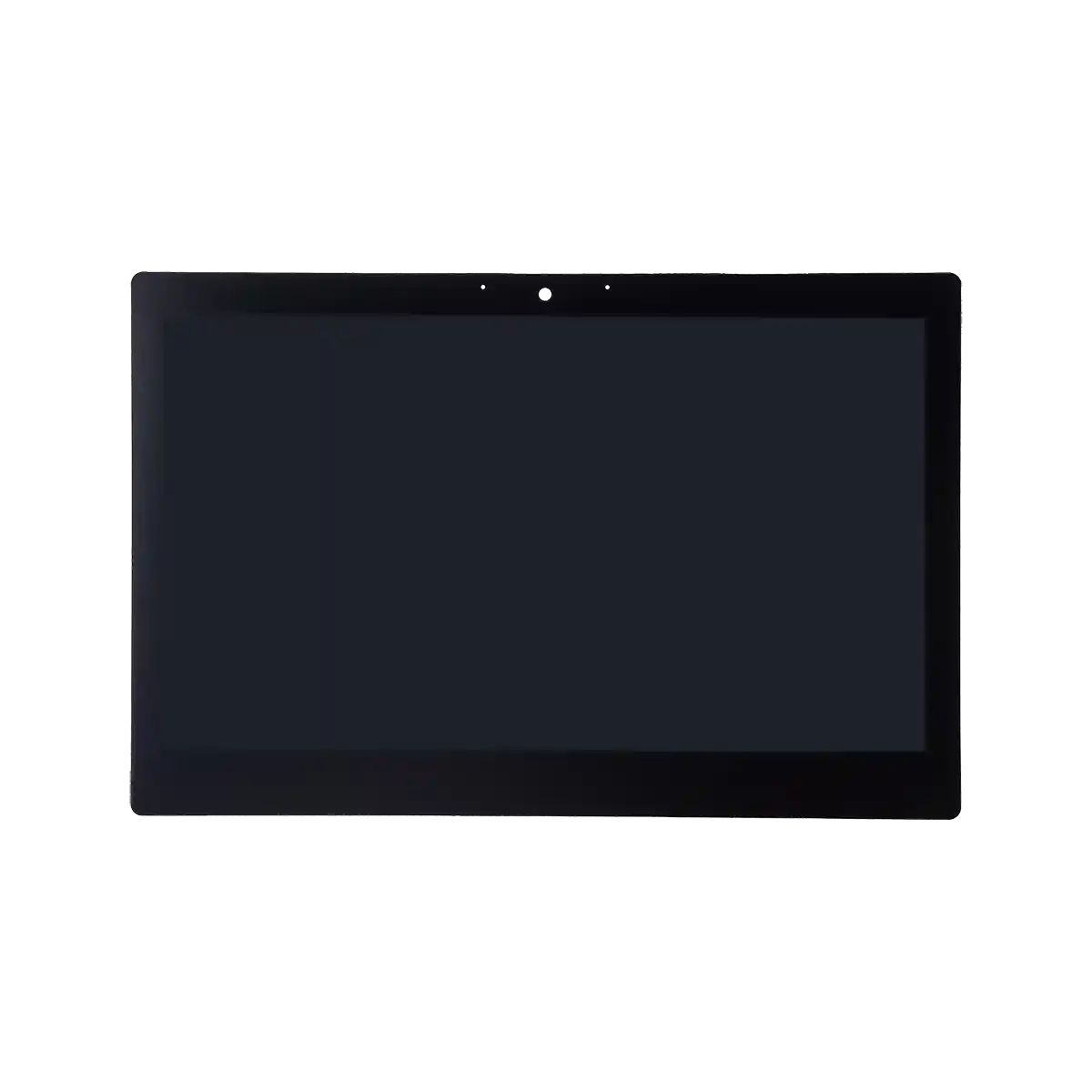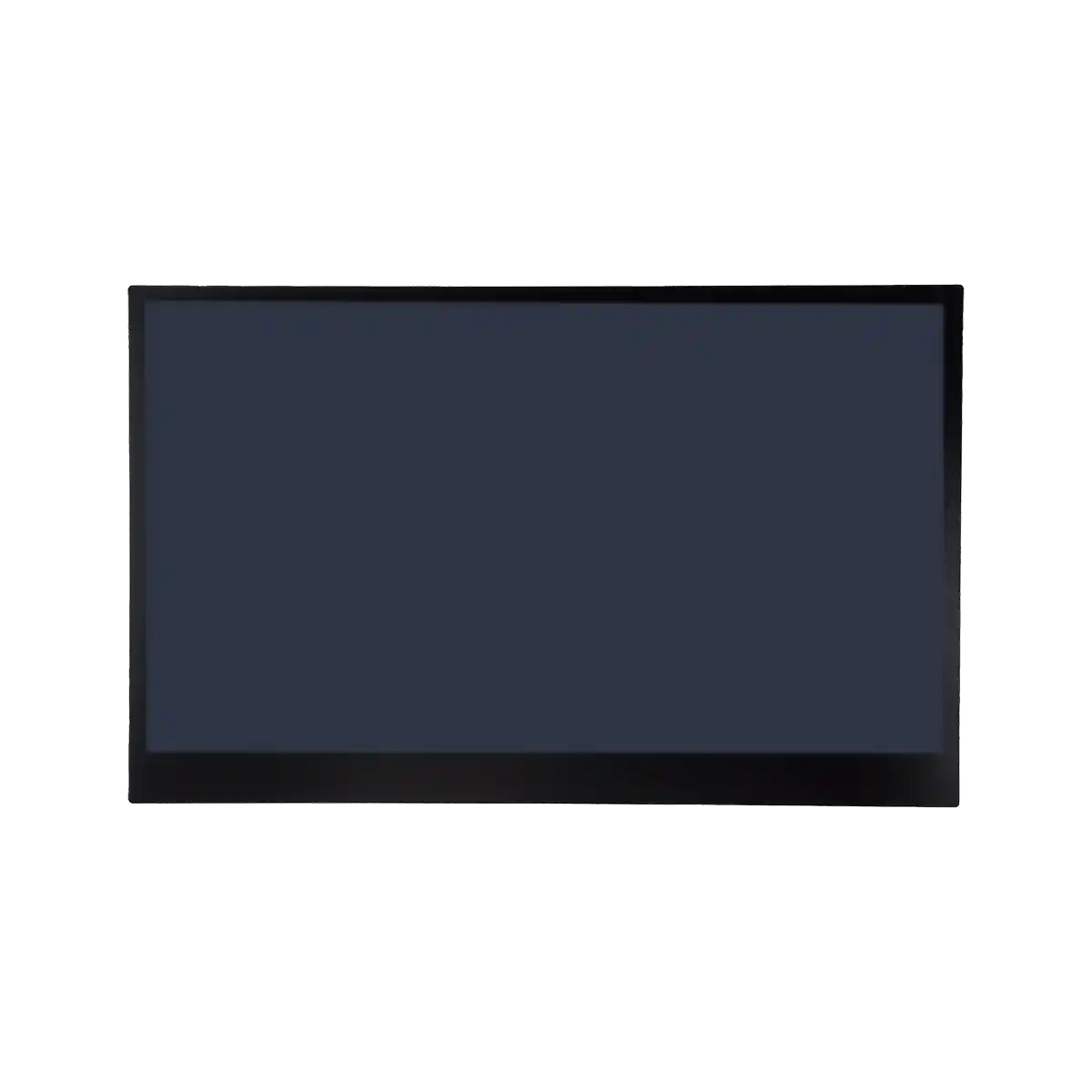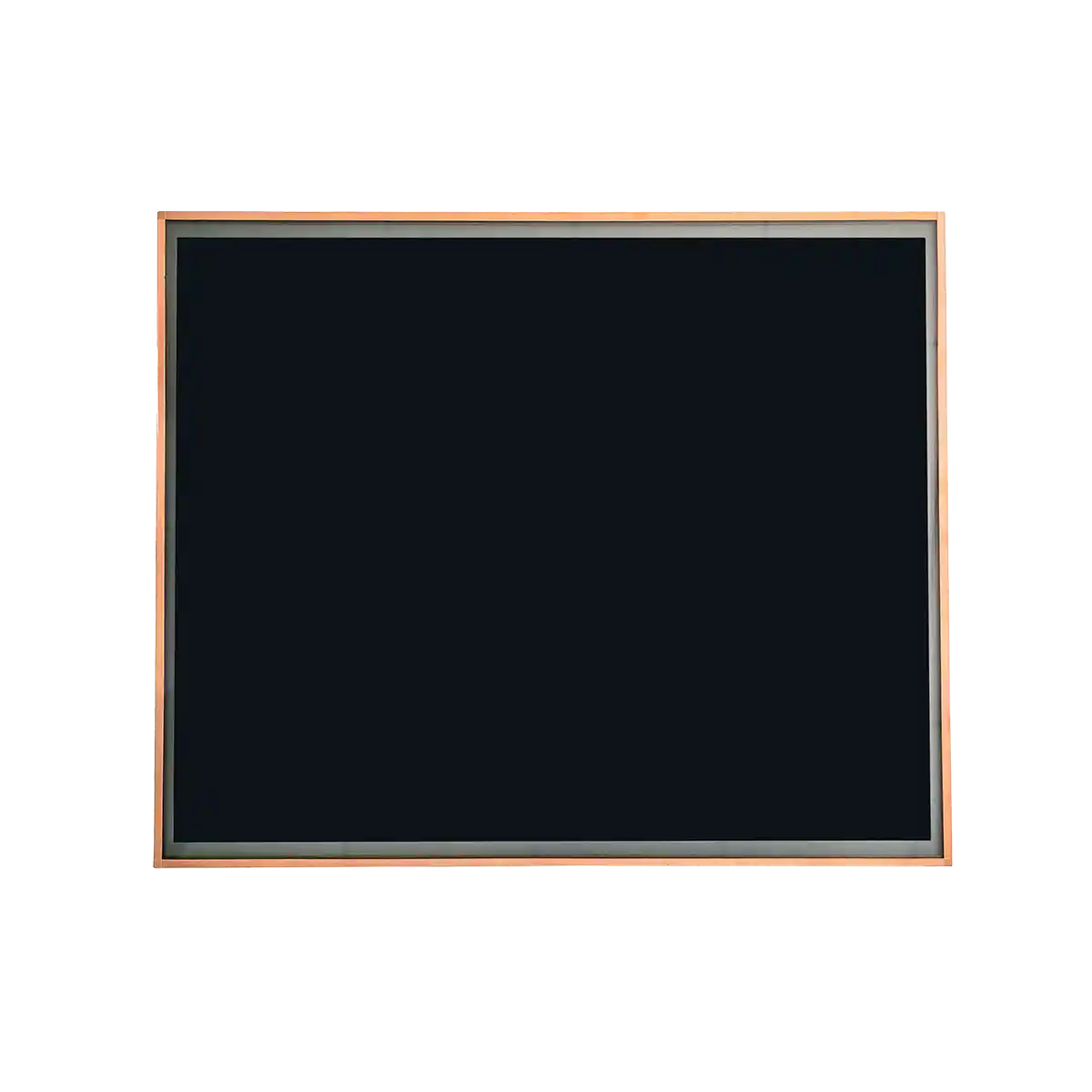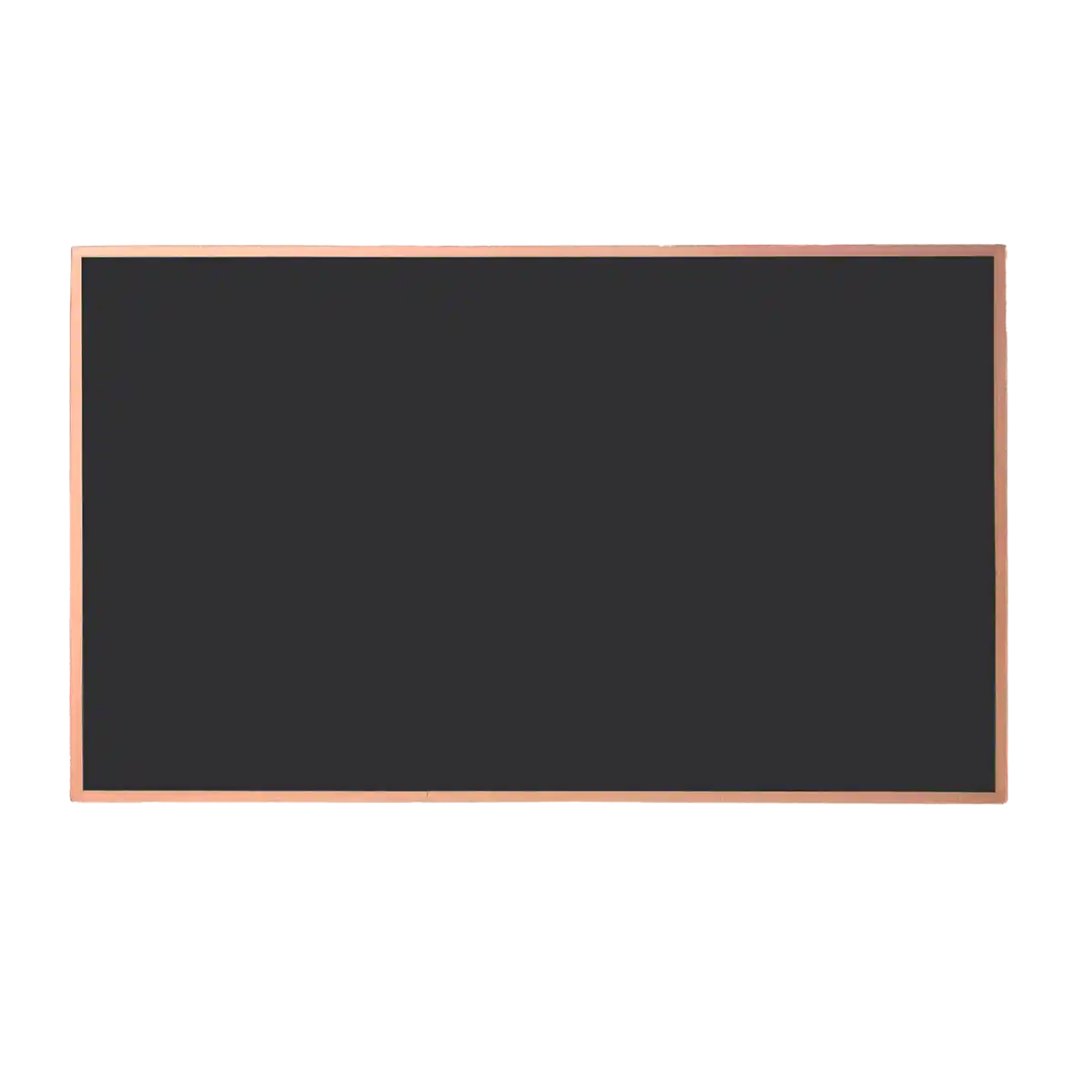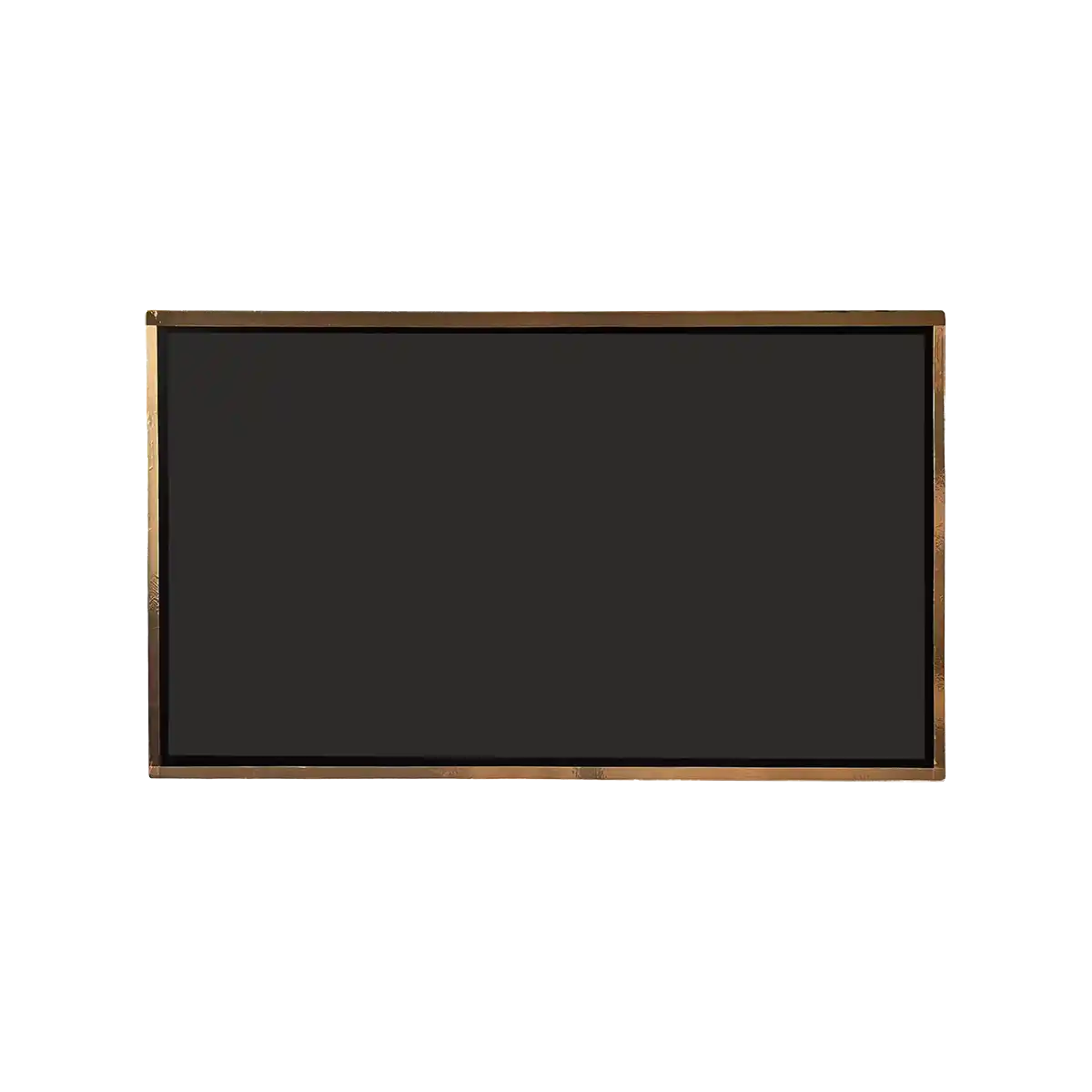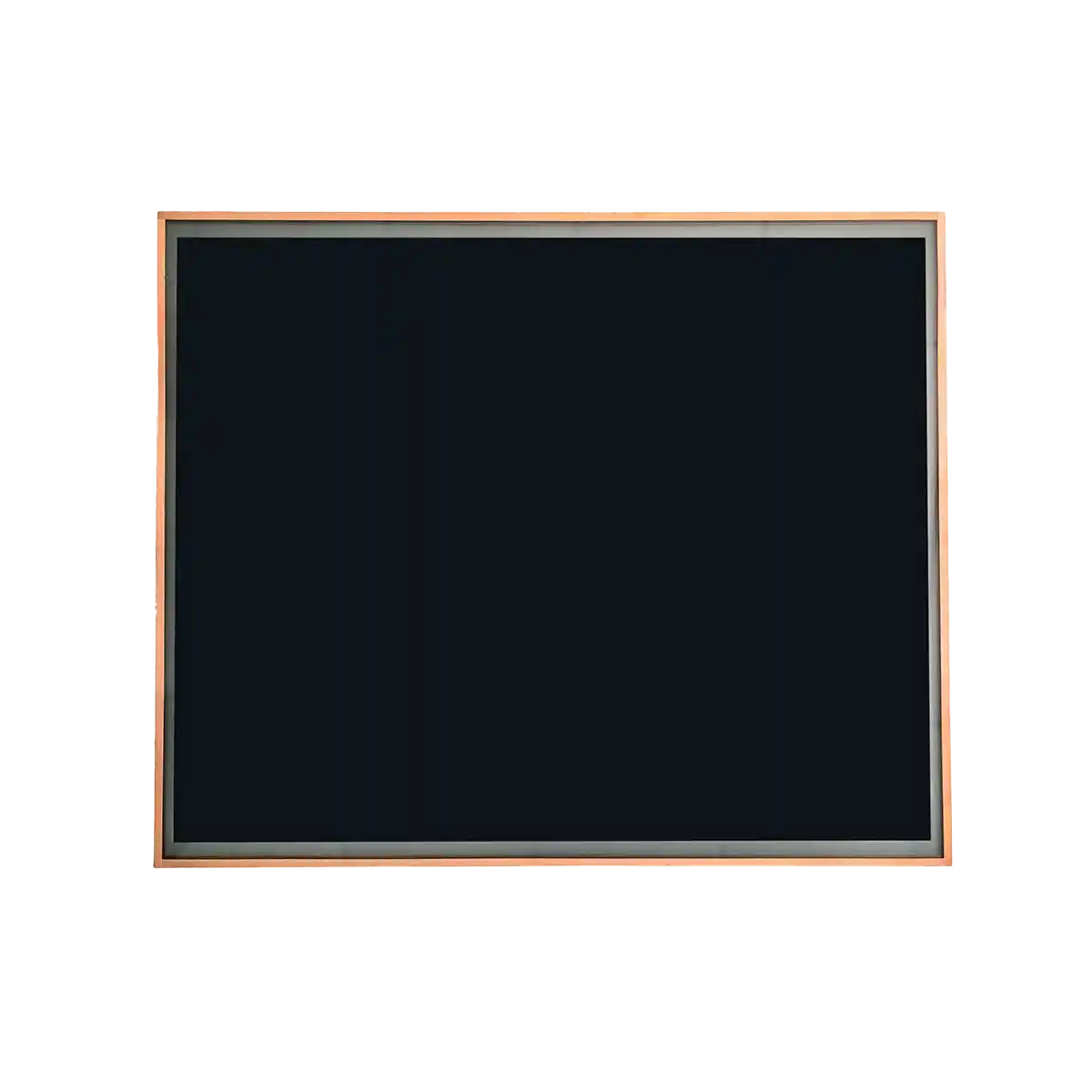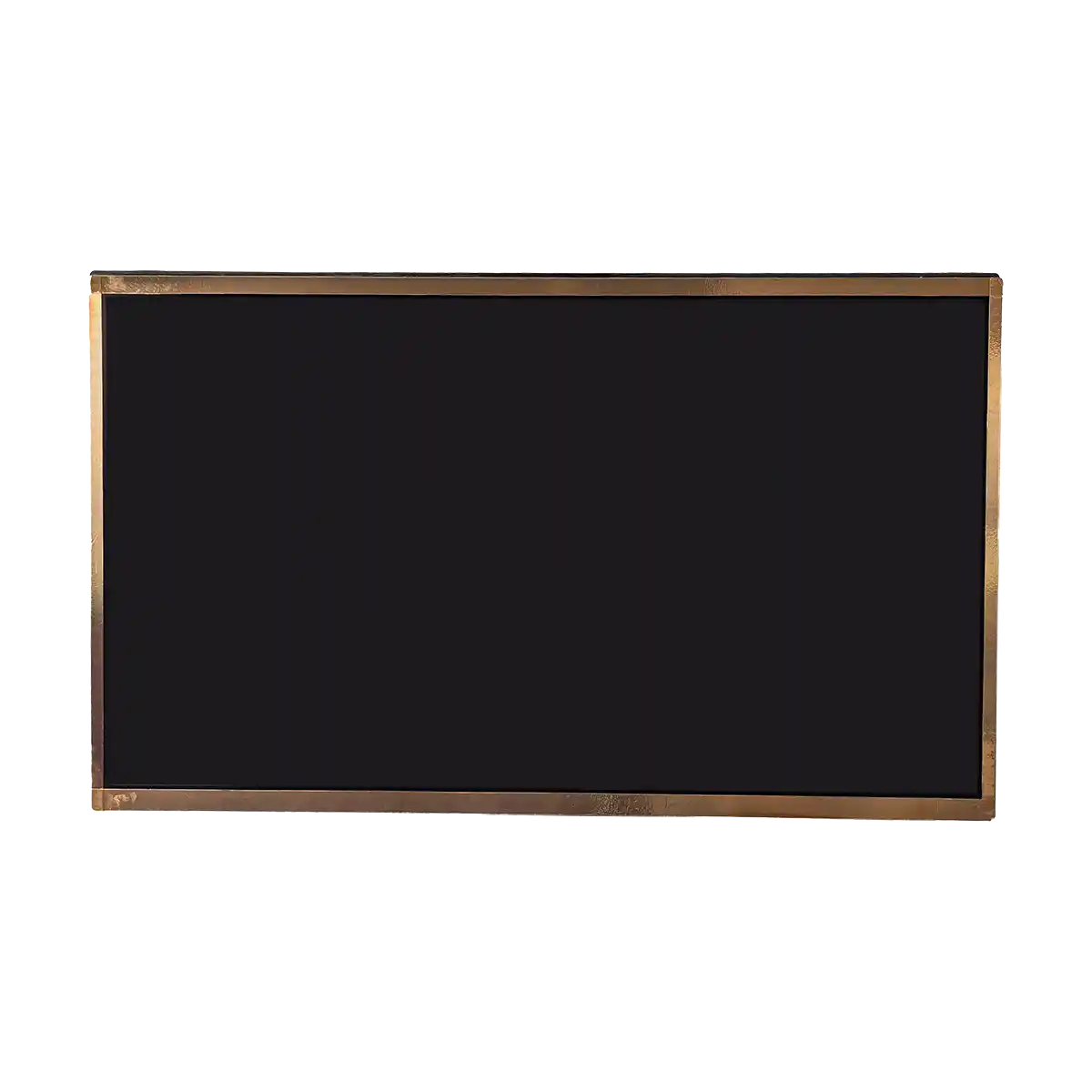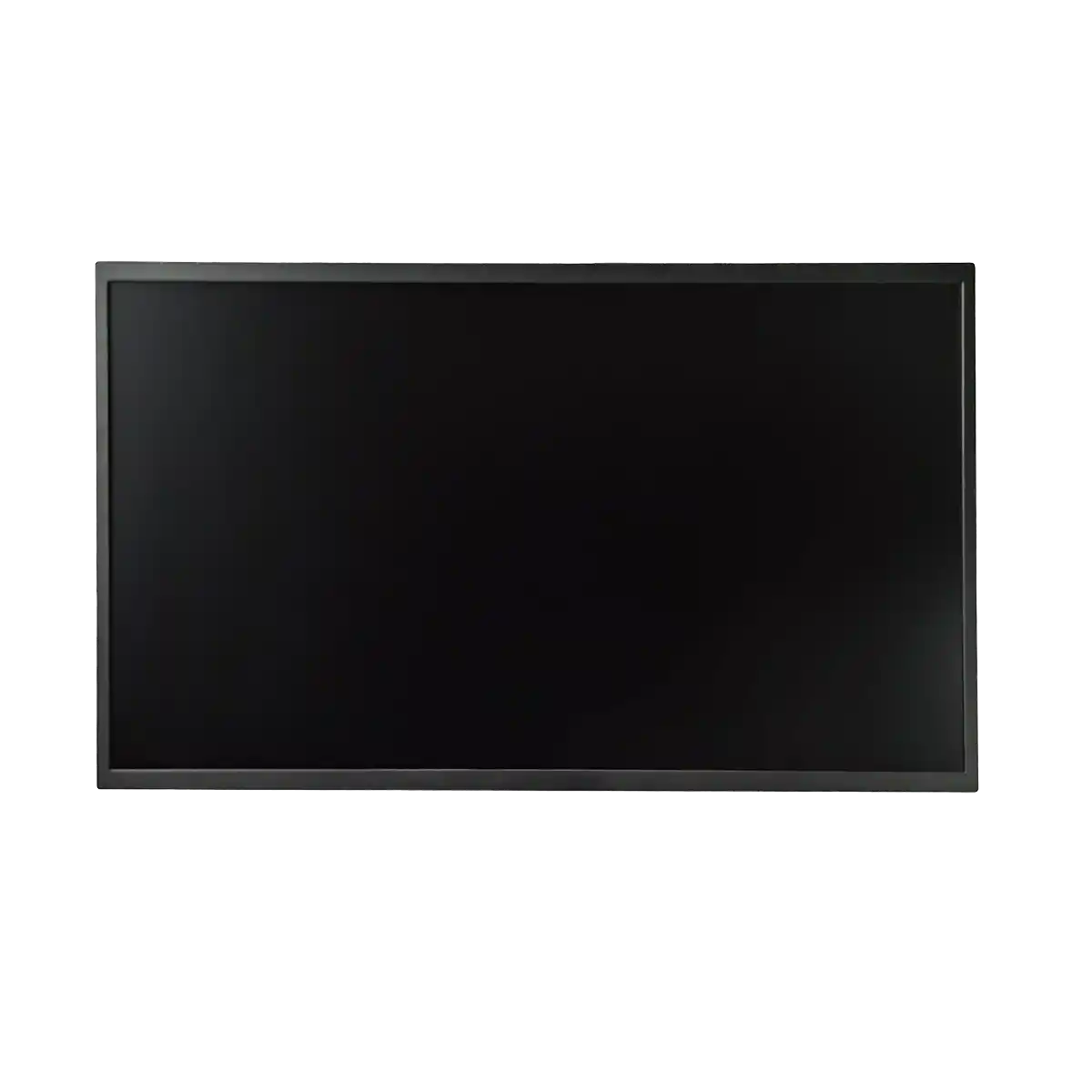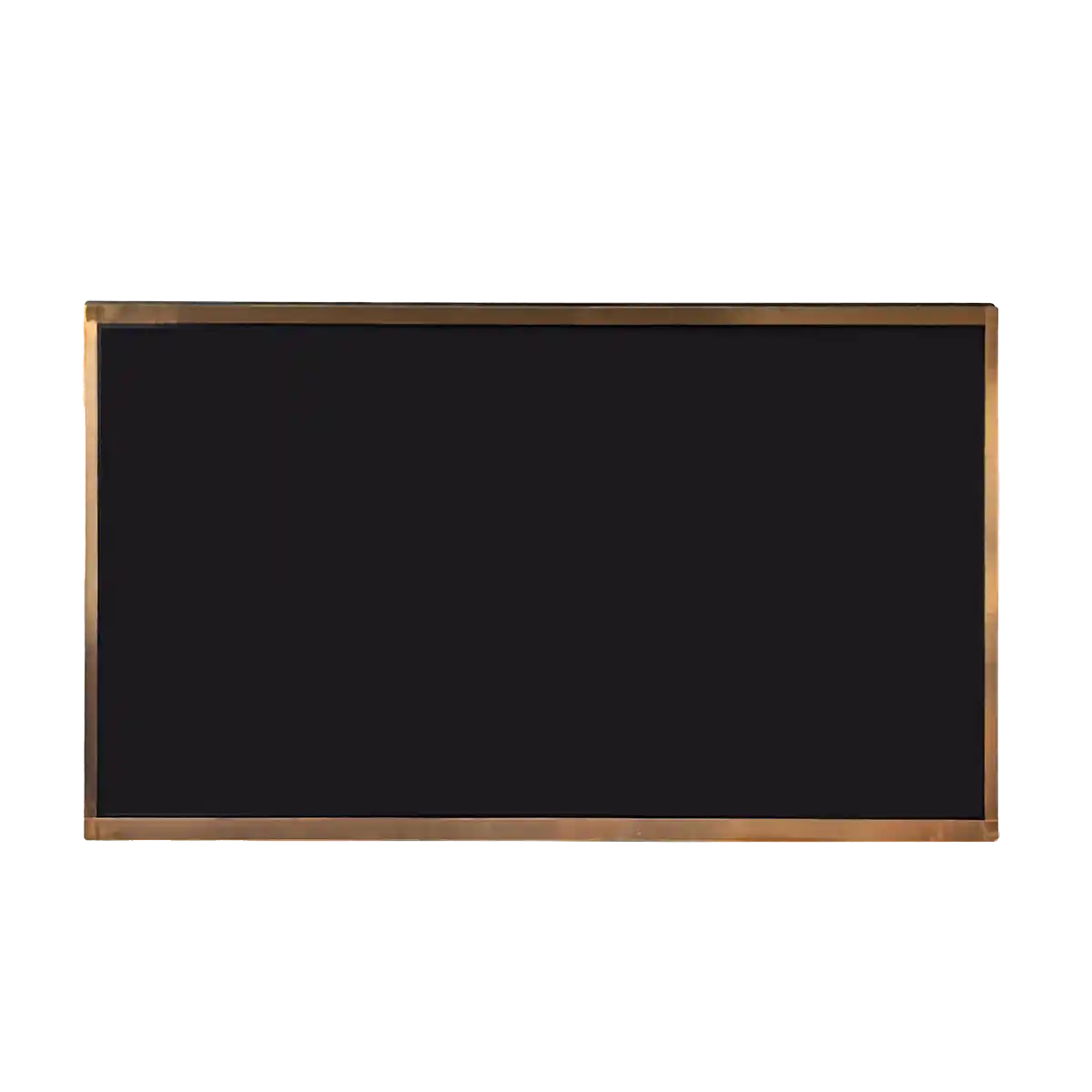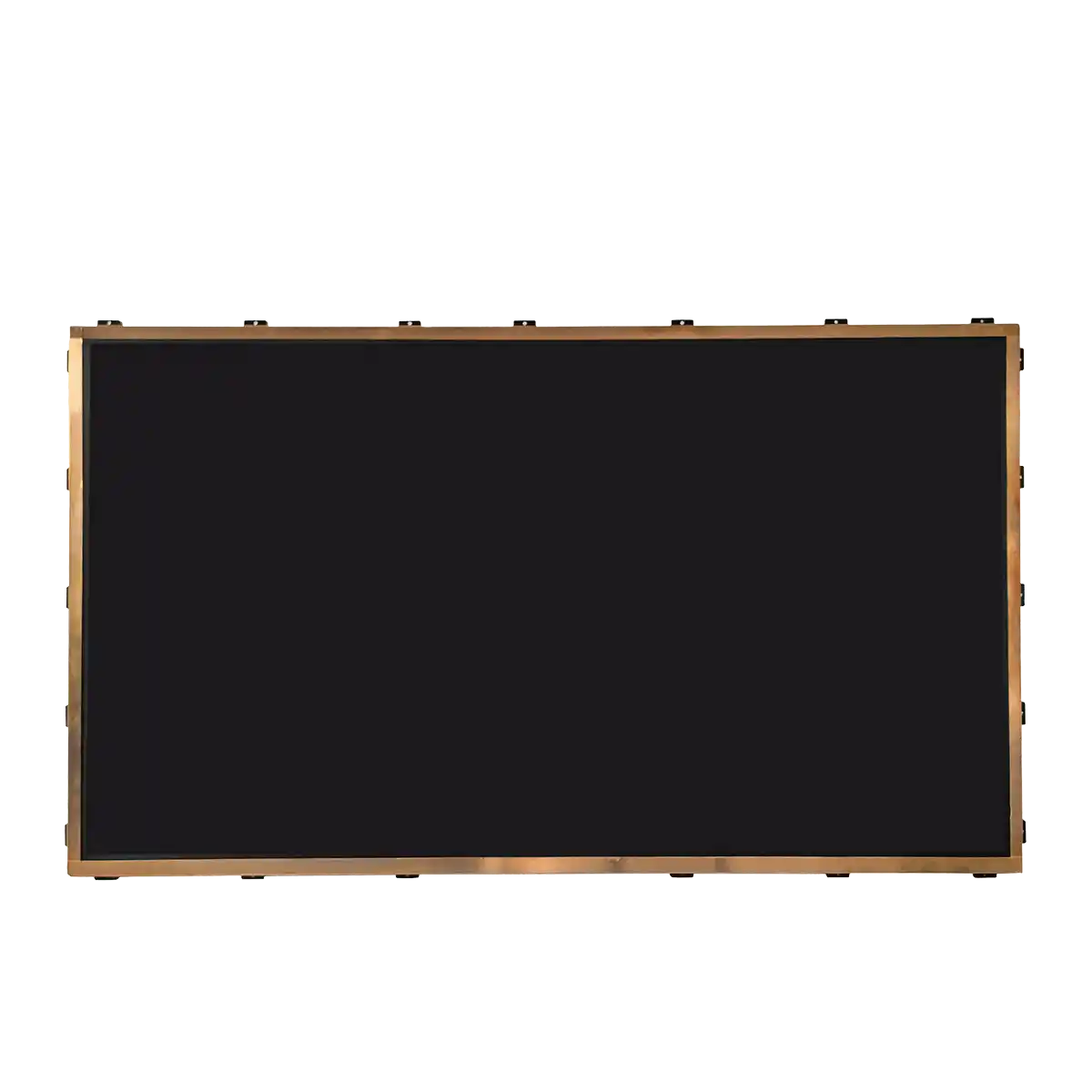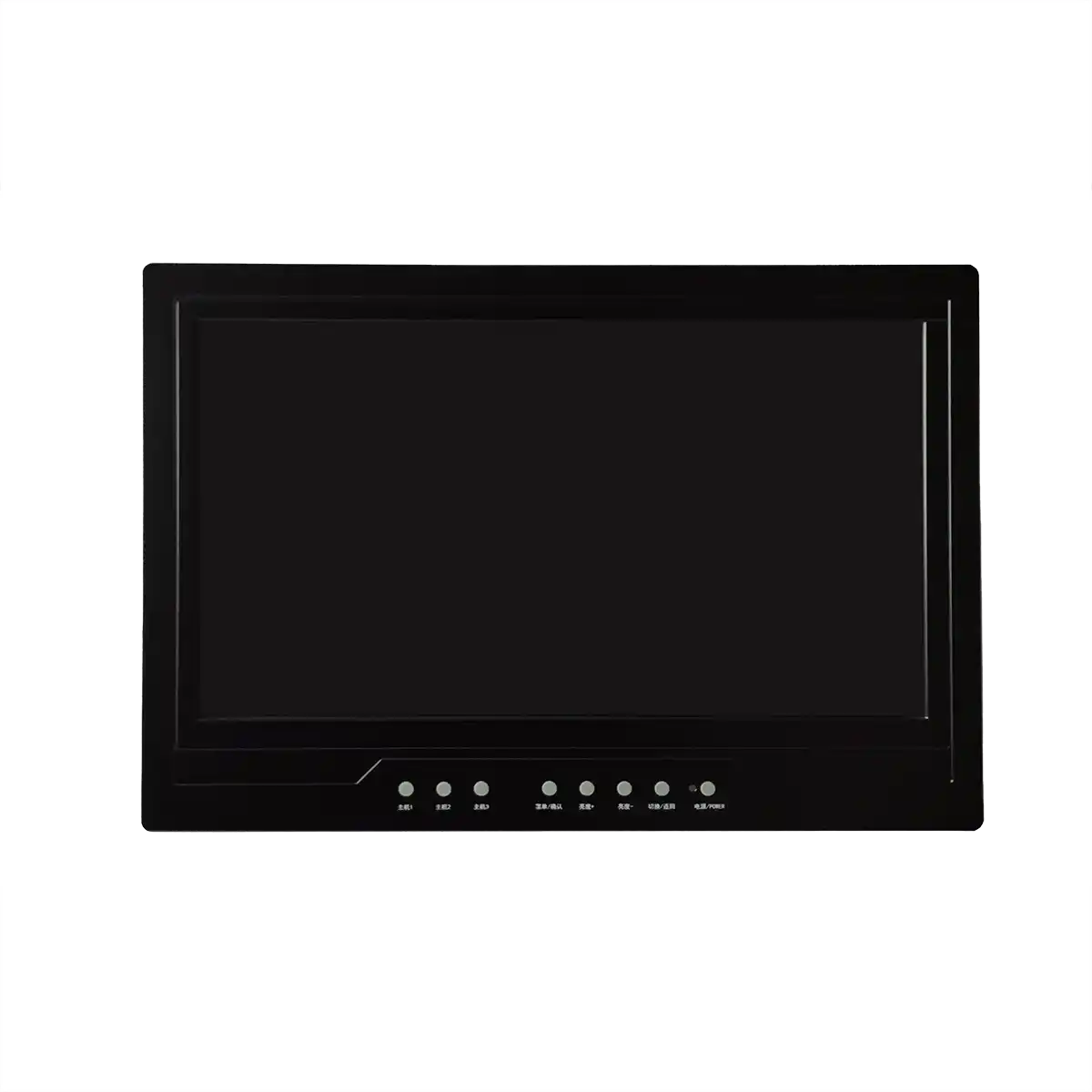User Interface Trends in Industrial LCD Panel Design
Introduction
The industrial landscape is rapidly evolving, with technology at the forefront of innovation. One of the key components in this digital revolution is the Industrial LCD Panel, a versatile display technology that has become ubiquitous across various sectors, from manufacturing to transportation. Industrial LCD panels are not just screens; they are the windows to complex systems, providing critical information at a glance and facilitating user interaction with machinery and software. This article delves into the emerging trends shaping the user interface (UI) of industrial LCD panels, examining how these trends are enhancing functionality, reliability, and user experience.

Body
1. High-Resolution Displays and Enhanced Image Quality
- Industrial LCD panels are moving towards higher resolutions, allowing for the display of intricate details and complex graphics. This is crucial for applications that require precise visual data, such as medical imaging or advanced process control systems. The term "resolution" refers to the number of pixels in a display, with higher resolutions offering a more detailed image.
2. Touchscreen Technology Advancements
- The integration of advanced touchscreen technologies is a significant trend. Capacitive and resistive touchscreens are becoming more sensitive and durable, allowing for better user interaction even in harsh environments. "Touchscreen" is a display that can detect and respond to touch, either directly from the user's finger or through a stylus.
3. Adaptive Brightness and Contrast
- Industrial environments often have varying lighting conditions. Newer LCD panels are equipped with adaptive brightness and contrast controls that adjust the display based on ambient light, ensuring readability in all conditions. "Adaptive brightness" refers to the screen's ability to modify its luminance in response to the surrounding light levels.
4. Ruggedized Design for Durability
- As the name suggests, "ruggedized" designs are built to withstand the rigors of industrial use, including resistance to vibrations, shocks, and extreme temperatures. This involves the use of robust materials and sealing techniques to protect the LCD panels from dust, water, and other environmental factors.
5. Intuitive UI/UX Design
- User Interface (UI) and User Experience (UX) are critical in industrial settings where efficiency and safety are paramount. UI trends focus on simplicity, clarity, and ease of use, with customizable interfaces that can be tailored to specific operational needs. "Intuitive UI/UX design" means creating interfaces that users can understand and interact with without extensive training.
6. Integration of Smart Sensors
- The incorporation of smart sensors into LCD panels allows for context-aware displays that can provide feedback based on the environment or user interaction. For example, a proximity sensor can detect when a user is near and adjust the display accordingly.
7. Energy Efficiency
- With sustainability becoming a key concern, industrial LCD panels are being designed to consume less power. This is achieved through the use of LED backlighting, which is more energy-efficient than traditional CCFL backlighting. "Energy efficiency" refers to the ratio of electrical energy converted to light versus the total energy consumed.
8. Software Integration and Connectivity
- Modern industrial LCD panels are not standalone devices; they are part of a connected ecosystem. They can integrate with various software platforms and receive real-time data, allowing for dynamic content display and remote monitoring capabilities.
Conclusion
The user interface trends in industrial LCD panel design are reshaping how we interact with industrial machinery and systems. From high-resolution displays to energy-efficient and ruggedized designs, these trends are not just about aesthetics; they are about improving functionality, reliability, and the overall user experience in demanding industrial environments.
Expansion
As we look to the future, we can expect further advancements in industrial LCD panel technology. Developments in augmented reality (AR) and virtual reality (VR) integration could provide immersive interfaces for complex machinery. Additionally, the rise of artificial intelligence (AI) could lead to predictive interfaces that anticipate user needs based on past behavior and operational data.
Furthermore, the push for sustainability will likely result in the use of more eco-friendly materials and manufacturing processes. The evolution of flexible and curved displays could also change the physical design of industrial equipment, allowing for more ergonomic and space-efficient solutions.
In conclusion, the user interface trends in industrial LCD panel design are a testament to the ongoing innovation in the field of display technology. As these trends continue to develop, they will undoubtedly play a crucial role in shaping the future of industrial automation and control systems.
Recommended Articles
-
Hangzhou LEEHON Technology supplies BOE GT080X0M-N12: High quality 7-inch TFT-LCD module solution
2024-09-14 -
How to Check for Issues in Industrial LCD Panels
2024-09-11 -
How does an LCD screen find individual pixels?
2024-09-11 -
What is the difference between eDP and LVDS?
2024-09-11 -
In-depth analysis of the development of automotive display technology
2024-09-10

